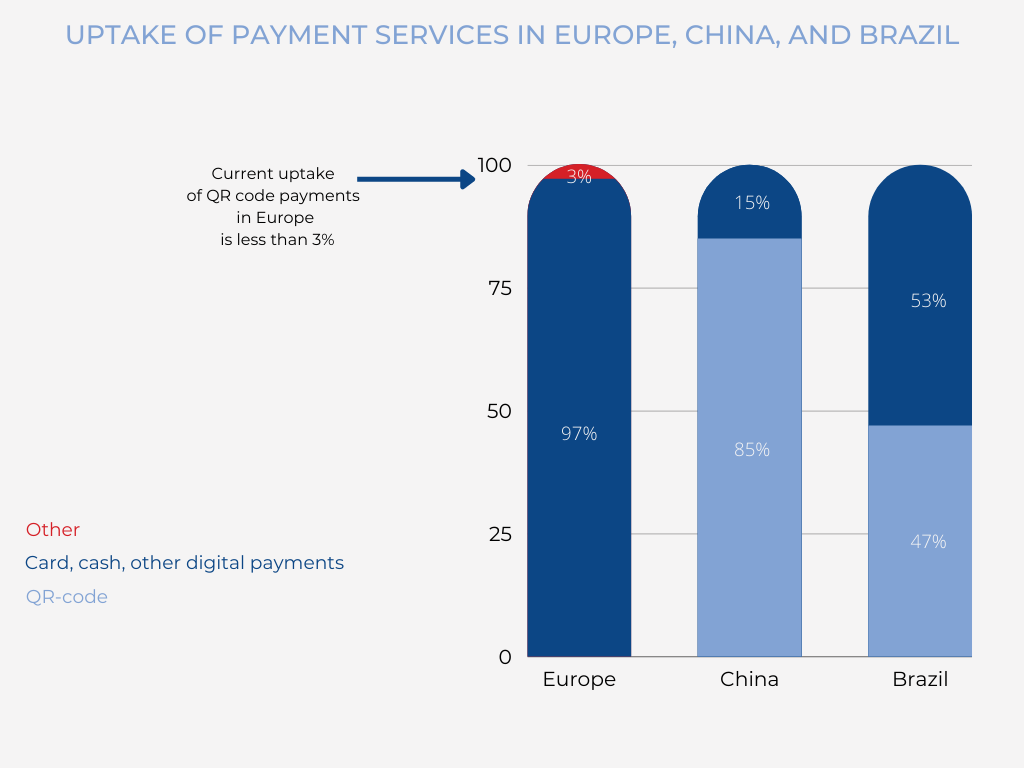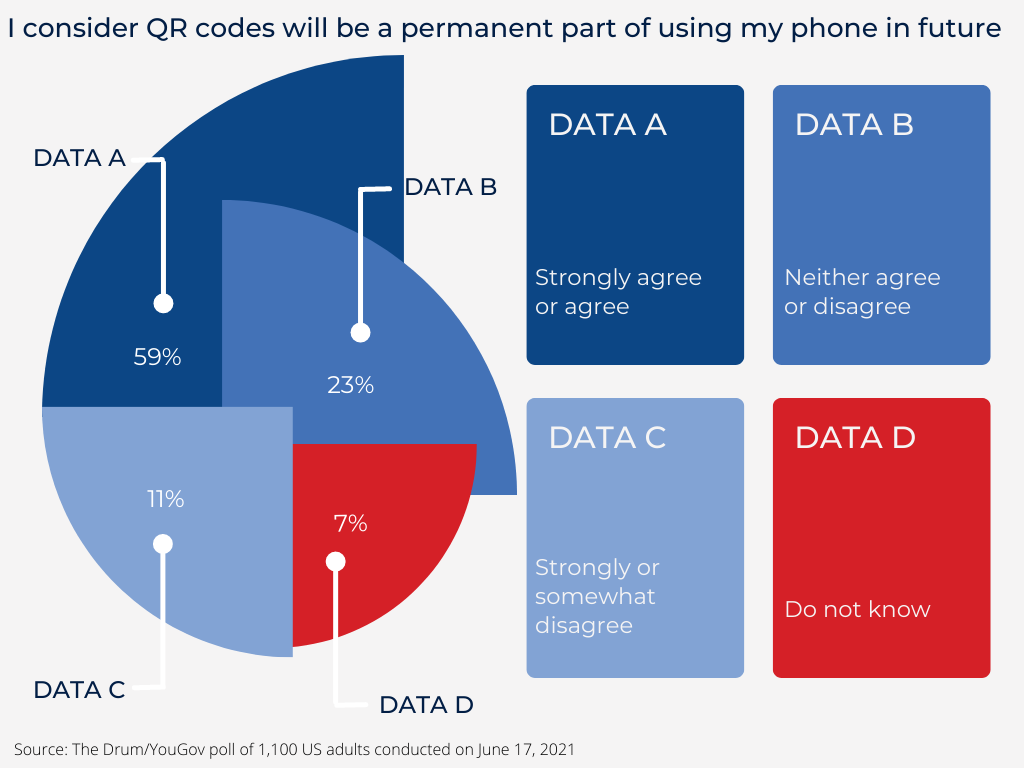The Rise of QR Code Payments
Invented in 1994 in Japan, the quick response (QR) code system is playing a major role in the payment industry. The Covid-19 pandemic has accelerated the advancement of the digital payment methods as people started looking for more convenient and contactless solutions. When it comes to different industries adopting QR codes as a payment trend, there a few that need to be considered.
For example, restaurants provide QR code links that give you access to the menu or their social media account. Furthermore, many Fitness studios, such as Better, use a QR code system to enter the gym. One of the benefits of QR codes is cost efficiency which proves Better’s strategy – instead of providing plastic passes, they let you open the QR code on their app, scan it and effortlessly access the studio.
The QR code payment trend is showing significant growth in Asia, where China ranks as the fastest growing country for digital payments. According to the Mobile Money Programme, in 2018 alone, China’s business and consumer mobile payment volumes reached USD 41 trillion. Approximately 30 percent ($13 trillion) of that amount were QR code payments, mainly through the two main QR code schemes in China – Alipay (founded in 2004) and WeChat Pay (founded in 2011).
However, QR payments in Europe are still considered a relatively new payment trend. In 2019, Alipay introduced a collaboration with European mobile wallet services to create a “unified” QR code enabling Alipay users to make payments at any location that already accepts one of the payment services. This allowed Chinese travellers to use a familiar payment method across 190,000 merchants in 10 European countries.
The following graph proves the difference between QR payment usage in Europe, Asia, and Brazil. Even though the current uptake of QR code payments in Europe is less than 3%, it will certainly follow Asia’s steps and gain popularity in the following years.

59% of surveyed US adults think QR codes are becoming an inevitable part of their life. While less than 1/3 have a neutral opinion, only 11% disagree that QR code payments will be a permanent part of using their phone in the future. The graph shows that most of the people see this new payment method as a growing tendency in the following years.

To conclude, clearly, QR code payments are becoming the go-to link between the physical and digital world. This solution not only simplifies the shopping experience, but almost one quarter of the US shoppers say they do not use physical cards anymore. More than 40% would like to see more stores using an app that lets them scan and pay. Being one of the easiest touch-free payment methods, QR codes are simple to implement and optimise, reduce paper, and improve the overall payment experience.
About the Author
Alina Todorova is a Business Analyst at Caxton.
